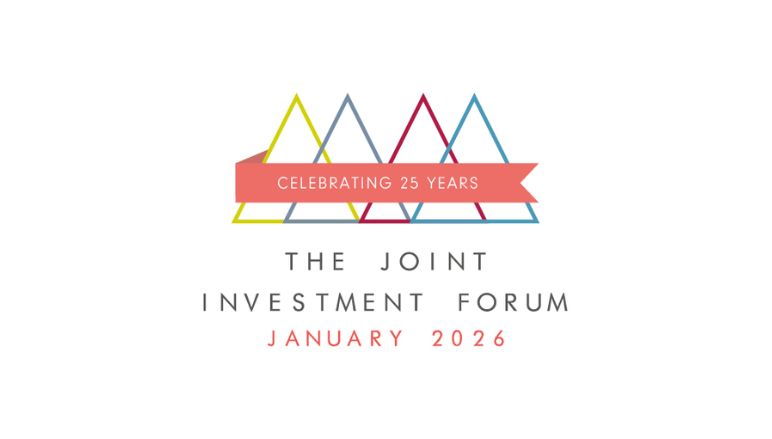HUB EXCLUSIVES PANEL DISCUSSION
Panel discussion, hosted by Cherry Reynard, with:
Qian Zhang, Investment Specialist, Emerging Market Equities, Baillie Gifford
Jen Ford, Investment Director in the 4Factor team, Ninety One
This a fragile moment for the global economy. The new administration in the US is sowing uncertainty across the world, upending geopolitical norms and long-established trading patterns. Nevertheless, there may be real opportunities for emerging markets in this environment as trading relationships reform and global power realigns.
The US tariff regime is undoubtedly a challenge for emerging market companies, but it is not new. It began in the last Trump administration and Biden did not roll back on many tariffs during his term in office. Countries such as China have adapted, finding new markets for their goods and services, which has left them less vulnerable than last time. China’s exports to the US have been steadily shrinking over the past decade, from over 30% in 2015, to just 11% today.
Jen Ford, investment director in the 4Factor team at Ninety One, says it is impossible to make generalisations about the impact of tariffs: “We are bottom-up stock pickers and when we look at companies, we incorporate potential geopolitical and tariff sensitivities. The sectors and the markets these companies are operating in may be influenced by the tariff regime. We’ll look at the overseas exposure for our companies, including how much is derived from US, but we also build in lateral considerations, such as the price and demand elasticity of goods to the US.” She says a number of their companies have re-routed supply chains and found new markets over the past decade, reducing their vulnerabilities.
Underperformance reversing?
If emerging markets can minimise the tariff problem, there are a range of factors that are combining to create a better outlook for emerging markets. The Dollar, for example, has shown significant weakness since the start of the year as the US exceptionalism trade starts to falter. Economic growth is forecast to be far faster in emerging markets, with the IMF predicting growth of 4.2% for emerging economies in 2025, compared to just 1.9% for developed economies.
Ford believes that after a decade of underperformance for the asset class, the signs are improving: “There had been a perception that emerging markets might be ‘broken’. We saw investors de-risking from emerging markets. More recently, they have delivered two consecutive years of positive returns, but compared to US exceptionalism, it remains an overlooked asset class. We believe there are factors that could really boost emerging markets – the emergence of India, for example, or the rise of technology, and the improvement in quality.”
She believes the macroeconomic foundation for emerging markets is also much better now than 10-15 years ago. “Once we see more sustained beta coming through, and bottom-up opportunities playing out, it should propel interest and flows. There are lots of areas in emerging markets deserving of closer attention.
Qian Zhang, investment specialist, emerging market equities at Baillie Gifford. shares this optimism. “Looking back over the past 20-30 years, the first decade saw a rising macroeconomic tide lifting all boats. In the second decade, that tide went out, but we saw a new generation of world class companies starting to emerge.
“Is it possible that the next decade will bring the best of both worlds. There might be a perfect alignment of top-down and bottom-up. That scenario is not accurately represented in global portfolios today, which remain underweight emerging markets. It’s our firm belief that the next decade will be a lot better than the past decade.”
Positioning for growth
Ford and Zhang are positioning to take advantage of a range of new opportunities emerging in developing economies. Ford says: “As bottom-up stock pickers, we are looking for pockets of idiosyncratic risk. At the moment, around 25% of our portfolio is invested in China, in areas such as consumption, technology, and insurance.
“In India, we have around 25%, though we are keenly aware of valuations. We’re still impressed by what we see from the bottom-up – and are investing in areas such as hospital operators, industrials, Pepsi bottlers and real estate developers.” The fund also holds areas such as the semiconductor supply chain, the smart phone cycle and IT services names. It also has a weighting in the Middle East, particularly UAE.
Across the Baillie Gifford portfolios, five major themes are represented: the picks and shovels for AI infrastructure; the key materials supporting the green transition agenda; growing consumption across China, India and South East Asia; growing connectivity, including ecommerce and digitisation and finally, the group is also looking at financial sectors. “There are still a lot of people in emerging markets, and we look at companies serving that gap of banking and financial service need.”
Emerging markets are increasingly diverse and high quality, and may be poised for stronger performance. As the spotlight comes off the US technology giants, it may alight on the opportunities in emerging markets.


















